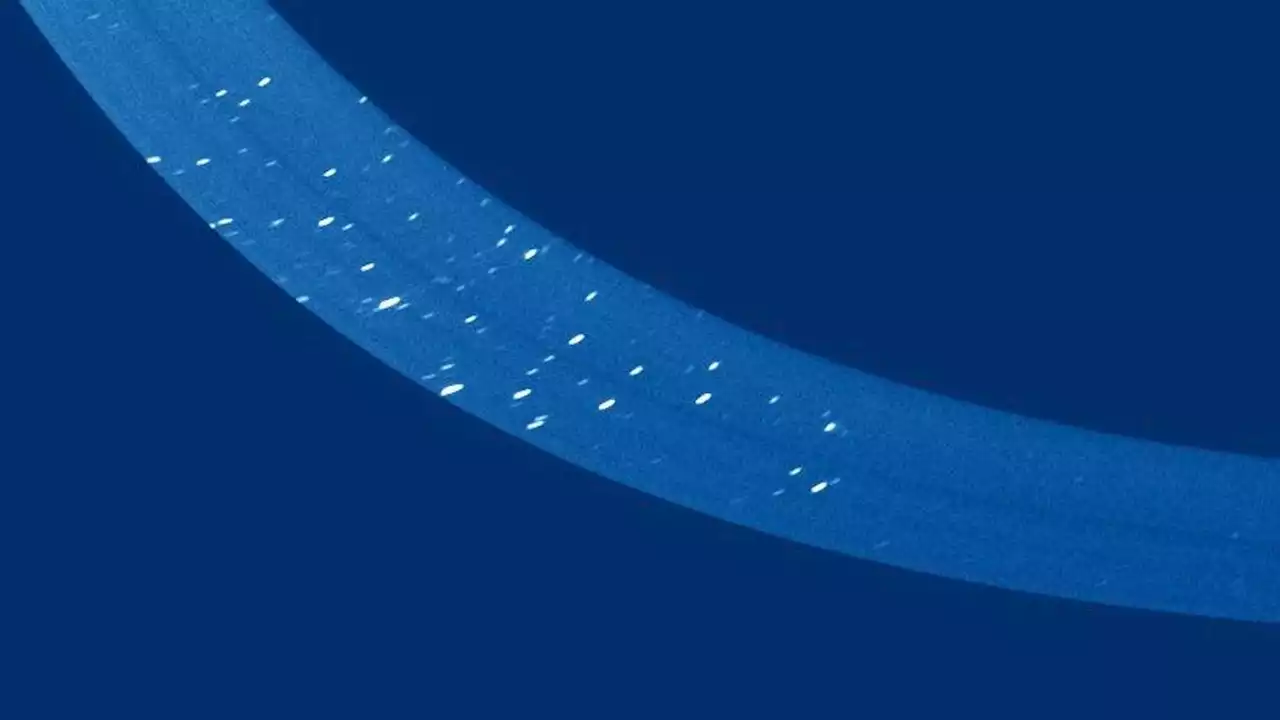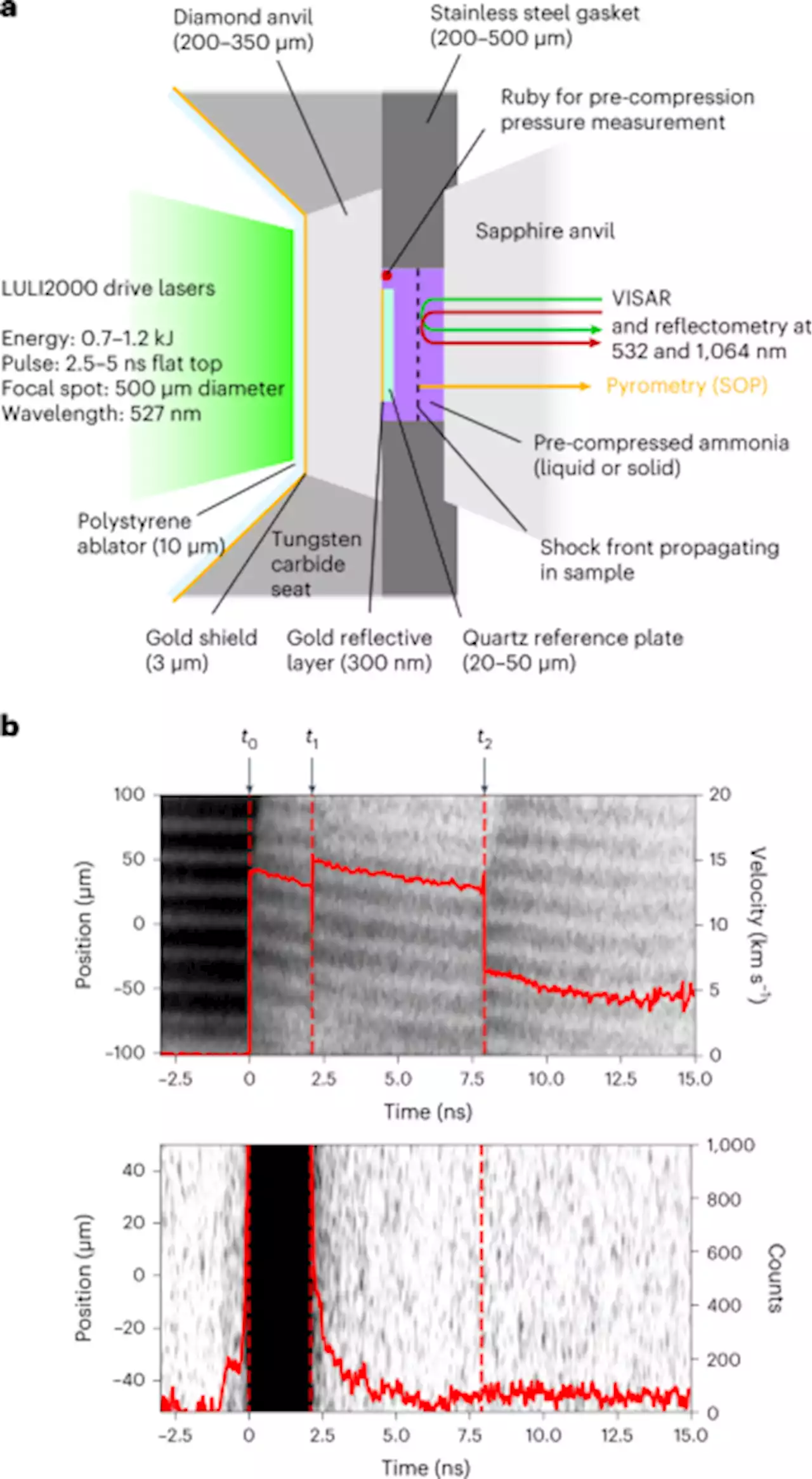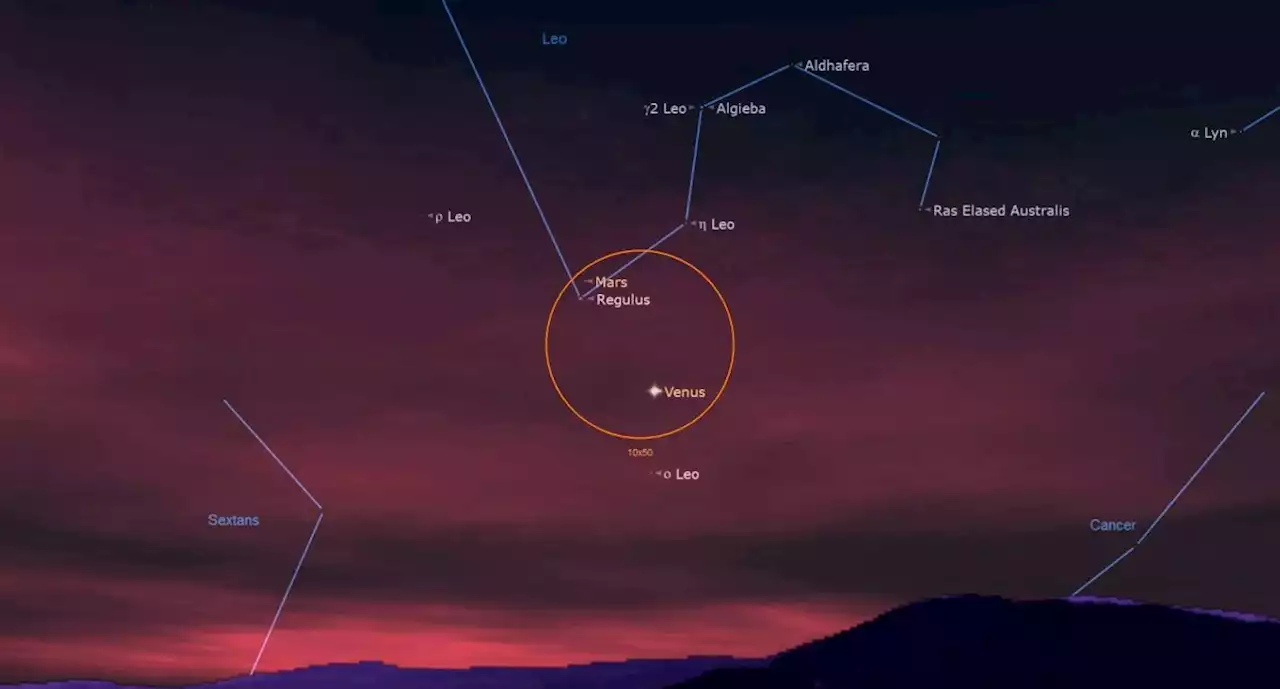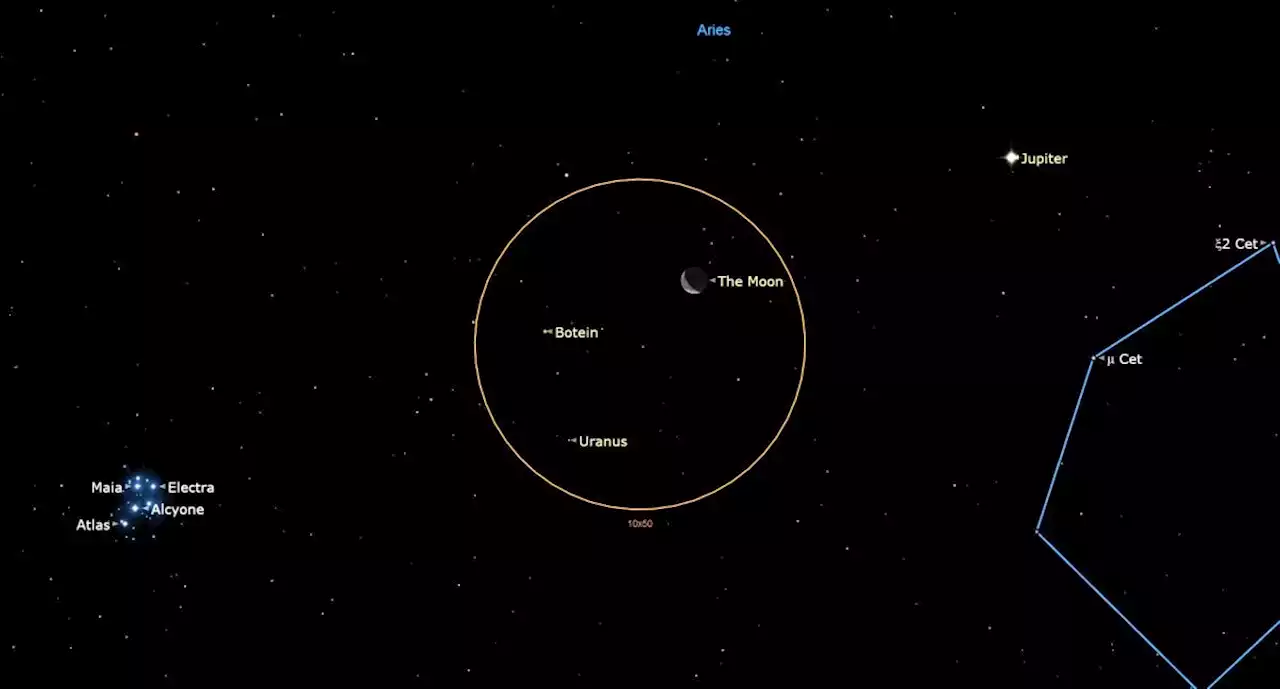Watch the moon have a midweek date with not one but two solar system giants.
. They will still be too widely separated to be seen together in the field of view of a telescope, but should be able to fit together nicely in the wider field of view of binoculars.
Uranus will be a great deal dimmer than the moon and Jupiter at a magnitude of just 5.8, but it could still be visible under dark skies with high-magnification binoculars or most telescopes. The two bodies will be separated by around 5 degrees, with the moon to the lower left of Uranus. The proximity of the moon to the ice giant in the sky will mean it acts as a good guide to spotting the distant planet. Under the right conditions, it should appear as a small, steadily glowing blue-green orb .
An illustration of the night sky in the early morning hours of July 12, looking eastward from New York City. Note the Pleiades star cluster towards the left side of the image, nearly parallel with Uranus.Both Jupiter and Uranus are giant planets in the solar system, with the former classed as a gas giant and the latter classed as an ice giant.
United States Latest News, United States Headlines
Similar News:You can also read news stories similar to this one that we have collected from other news sources.
 Starry swoosh from Jupiter probe is an encouraging signThe JUICE mission's ultraviolet spectrograph gathered data for the first time, revealing our galaxy's bright stars.
Starry swoosh from Jupiter probe is an encouraging signThe JUICE mission's ultraviolet spectrograph gathered data for the first time, revealing our galaxy's bright stars.
Read more »
 Melting curve of superionic ammonia at planetary interior conditions - Nature PhysicsLaser-driven shock compression experiments yield the melting curve of the superionic phase of ammonia at conditions relevant to the interiors of Uranus and Neptune.
Melting curve of superionic ammonia at planetary interior conditions - Nature PhysicsLaser-driven shock compression experiments yield the melting curve of the superionic phase of ammonia at conditions relevant to the interiors of Uranus and Neptune.
Read more »
 How engineers on the ground fixed Juice's stuck antenna | Digital TrendsIn April the Juice spacecraft launched to investigate the icy moons of Jupiter, but there was a problem: an antenna was stuck and wasn't deploying.
How engineers on the ground fixed Juice's stuck antenna | Digital TrendsIn April the Juice spacecraft launched to investigate the icy moons of Jupiter, but there was a problem: an antenna was stuck and wasn't deploying.
Read more »
 A Planet has Whipped Up Spiral Arms Around a Young StarAstronomers have observed dozens of newly forming stars surrounded by protoplanetary disks. Some look like grooved vinyl records, while others have developed bizarre spiral galaxy-like arms. These spiral arms account for about a third of the disks. Astronomers have finally directly observed a giant exoplanet that appears to be responsible for a set of protoplanetary arms. The planet has twice the mass of Jupiter and is unexpectedly red, the reddest planet ever seen because of all the dust surrounding it.
A Planet has Whipped Up Spiral Arms Around a Young StarAstronomers have observed dozens of newly forming stars surrounded by protoplanetary disks. Some look like grooved vinyl records, while others have developed bizarre spiral galaxy-like arms. These spiral arms account for about a third of the disks. Astronomers have finally directly observed a giant exoplanet that appears to be responsible for a set of protoplanetary arms. The planet has twice the mass of Jupiter and is unexpectedly red, the reddest planet ever seen because of all the dust surrounding it.
Read more »
 See the Red Planet Mars shine beside the blue star Regulus tonightLook to the western skies to see the Red Planet, Mars, shining steadily above the twinkling blueish star Regulus.
See the Red Planet Mars shine beside the blue star Regulus tonightLook to the western skies to see the Red Planet, Mars, shining steadily above the twinkling blueish star Regulus.
Read more »
 High school notebook: New baseball, softball rules coming; locals shine in Futures GameBaseball coaches will be able to communicate wirelessly with either pitcher or catcher; change 'consistent with the growth of the game'
High school notebook: New baseball, softball rules coming; locals shine in Futures GameBaseball coaches will be able to communicate wirelessly with either pitcher or catcher; change 'consistent with the growth of the game'
Read more »
